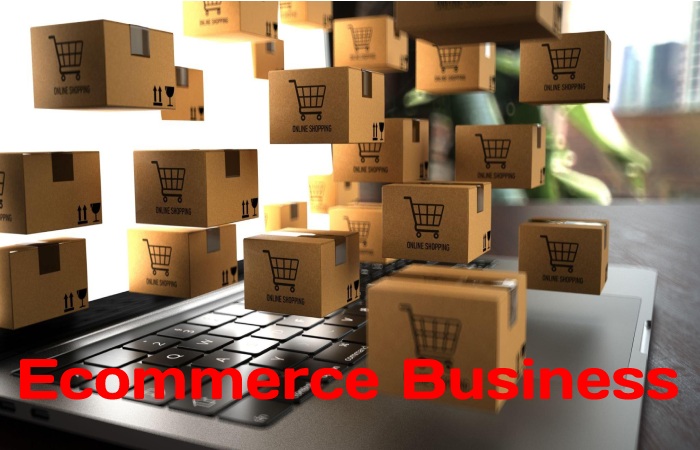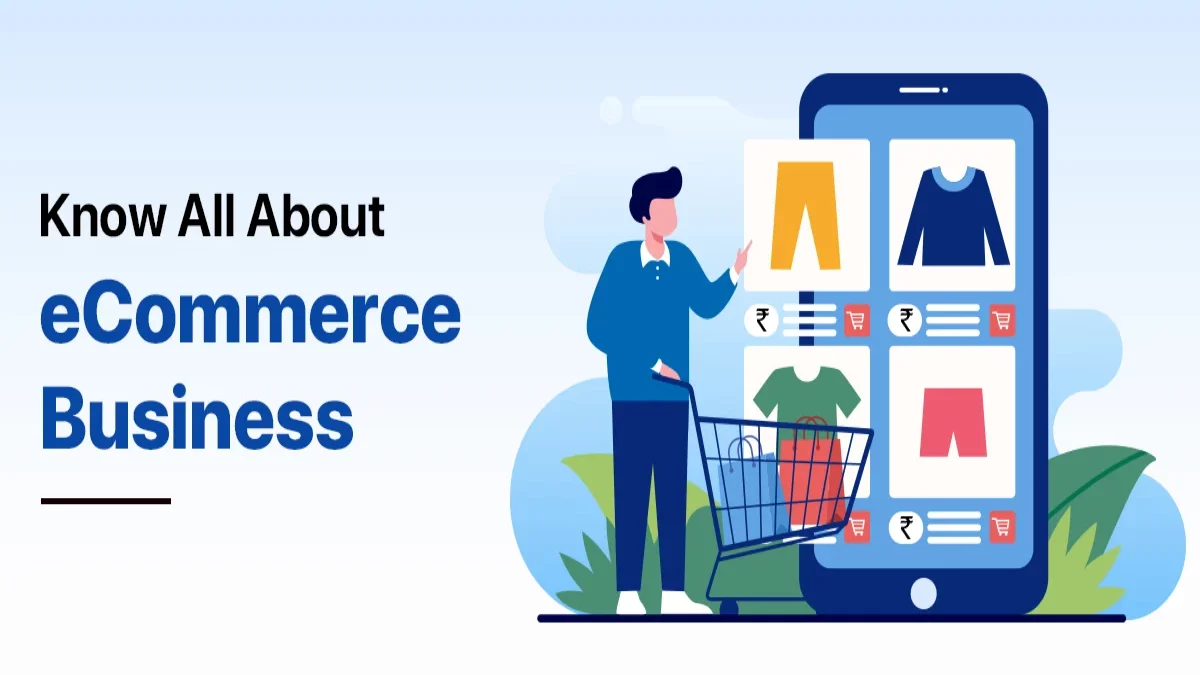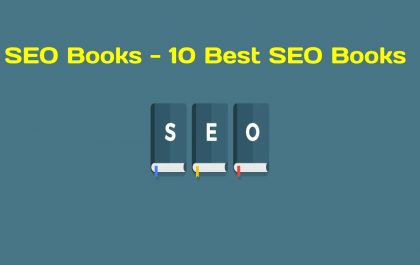Electronic commerce or eCommerce is the Internet business of goods and services. It’s the bustling downtown or physical store translated into zeros and ones on the Internet superhighway. This year, an estimated 2.14 billion people will buy goods and services online, and the number of Prime members shopping in Amazon stores now exceeds 150 million.
What are the Types of eCommerce businesses?
E-commerce takes many forms as there are different shopping methods on internet channels. However, some standard business models that make up the world of e-commerce are:
- B2C: Companies sell to individual consumers (end users). The most common model with many variants.
- B2B: companies sell to other companies. Often the buyer republishes products to the consumer.
- C2B: customers sell to companies. C2B companies allow customers to sell to other companies.
- C2C: consumers sell to other consumers. Companies create websites that connect consumers.
- B2G: Companies sell to governments or government entities.
- C2G: Consumers sell to governments or government entities.
- G2B: Governments or governmental entities sell to companies.
- G2C: Governments or governmental entities sell to consumers.
Ways to Build your Ecommerce Business
Start by laying out the basics of your e-commerce business plan, like what you will sell online and how you will sell it. Then, map out how you want to approach the world of e-commerce and identify the things that will help you succeed. With a solid plan of action and some powerful tools at your disposal, you can build your brand and launch your e-commerce business in no time.

Here are the ways to build your e-commerce business:
Identify your business goals
What are you tiresome to accomplish with your eCommerce business? Whether in home improvement or designer electronics, creating value for customers is your priority. Your business goals come from there.
Not all goals are created equal. To give your eCommerce business the top chance of success, set clear and measurable goals and make sure they all meet the SMART criteria:
- Specific – Make sure you define each goal’s who, what, where, when, and why.
- Measurable – Includes criteria for evaluating progress.
- Realistic – Can you realistically achieve your goals, given your resources and available schedule?
- Punctual – Set deadlines for time-bound goals and create a schedule to meet each goal from start to finish.
Think of your marketing objectives as arrows that you can point to a specific target. For example, saying that you want to increase sales is not enough. Instead, saying you want to increase sales by 23% by the end of the second quarter is a timely, measurable goal.
Choose your niche
To start a successful online business, you must discover the correct niche. What is your speciality? What data or marketable skills do you have? Where do those skills fit in the market? What kind of products do you want to sell?
You would have an idea of the type of business you will run, so start by investigating the market. Then, look at other companies in your industry and see what they do right or wrong. Finally, when you see an example of a particularly successful e-commerce business in your industry, ask yourself:
- How do you reach customers?
- What attracts you to their website?
- What is your business model?
Some of the logistical questions you will have to answer when you find your niche are the following:
- Is your product physical or digital? Limit what kind of products you want to sell.
- If it is a digital product, how will you supply it?
- Can you take care of the production yourself, or will you need help?
- Are you going to base your business on one-time orders, bundles, or a subscription model?
Get all the business ideas you can because the e-commerce market has grown so fast that you will face much competition. You’ll need to consider what sets you and your business apart before starting your e-commerce business from scratch.
Measure your current performance
Once you have defined your objectives, it is time to clearly understand your business’s current situation.
Pay attention to key performance indicators. These criteria can follow: Think of KPIs as regularly “taking the temperature” of the business. Key performance indicators can be things like:
- site traffic
- conversion rates
- References
- Pay-per-click revenue
- Paid social trafficking
- Customer Reviews and Ratings
Choose performance statistics that show how your company is doing. They will help you identify what works, what doesn’t, and where you may need to redirect your efforts.
Investigate
Look for the main competition in your sector and investigate their history and business model; you will get product ideas by researching trends. Ask yourself what they do that you can emulate. Find out what people are looking for in your industry or niche, and see how you can provide it your way.
You will also need to identify the obstacles to entering your field and how you can overcome them. Will you have to invest in ads? Will you need e-commerce software? And Will you have to pay for exclusive photographic equipment or design software? What solutions exist if the answer is yes and you don’t necessarily have money for it? What can you do with what you have? It’s okay to start small and straightforward when building an e-commerce business.
Strengths and weaknesses are usually things you can control, such as:
- company culture
- your reputation
- your customer base
- Geography
- associations
- Intellectual property
- Active
Opportunities and threats, on the other hand, are things that cannot be fully controlled but that you can plan for, for example:
- regulations
- What providers are in your market
- the competition
- The economy
- Size of the market
- market trends
- Funding gaps
Validate your product
Now that you’ve advanced an idea for your product and know whom you want to sell it to, you need to figure out if you can execute your vision. In other words, you must see if your business will be viable.
You can use various criteria to assess the viability of your product. Evaluation criteria can divide into two main categories: market-based criteria and product-based criteria.
Market-based criteria
They are market factors that will influence your product and your business model. We recommend that you pay care to the following:
- Market size and request for your product/service
- who is your competition
- Whether it’s a trend, a fad, a growing market, or a flat market
- Whether customers will be able to obtain this product/service locally
- Who are your target customers
Product-Based Criteria
Once you know where the market is going and who it is, you can move on to the next set of criteria. Examine the following:
- Your potential sale price
- The possible profit margin of your product or service
- How many types or styles of products will you store?
- If you are going to offer a subscription
- The size, weight, and toughness of your product, if you’re selling roughly physical
- If you are likely to experience seasonal purchasing fluctuations
- If your product or service solves a lack or satisfies a passion
- If your product is consumable, disposable, or perishable
- Any regulations or restrictions around your product
Conclusion
Market-based and product-based criteria can give you an idea of what it will cost to start your ecommerce business. For example, if you sell a corporal product at a low price, you will have to deal more to make a profit than something with a higher premium.
Related posts
Featured Posts
SEO Books – 10 Best SEO Books
A significant first step is to look for the best SEO books to enter the world of SEO if you…
Work From Home – Advantages, Disadvantages, and More
Working from home allows you to manage both home and work at the same time. Working from home is especially…



